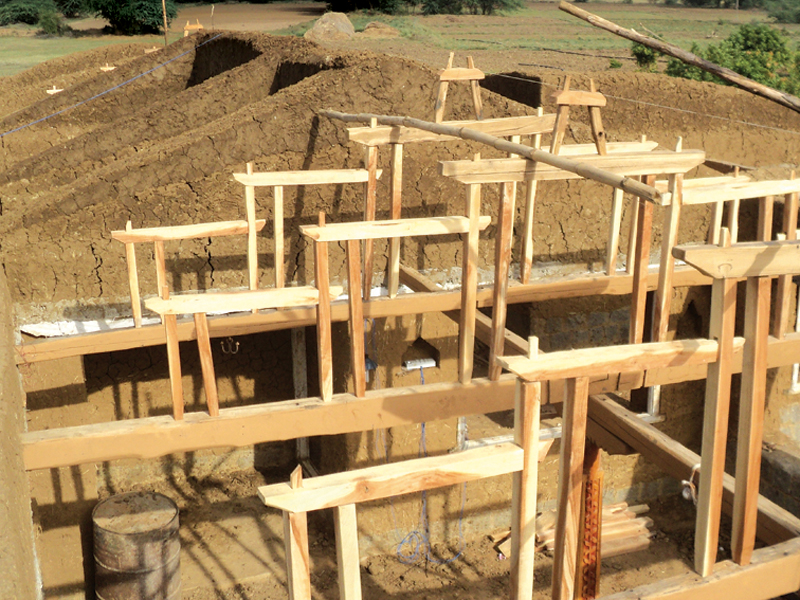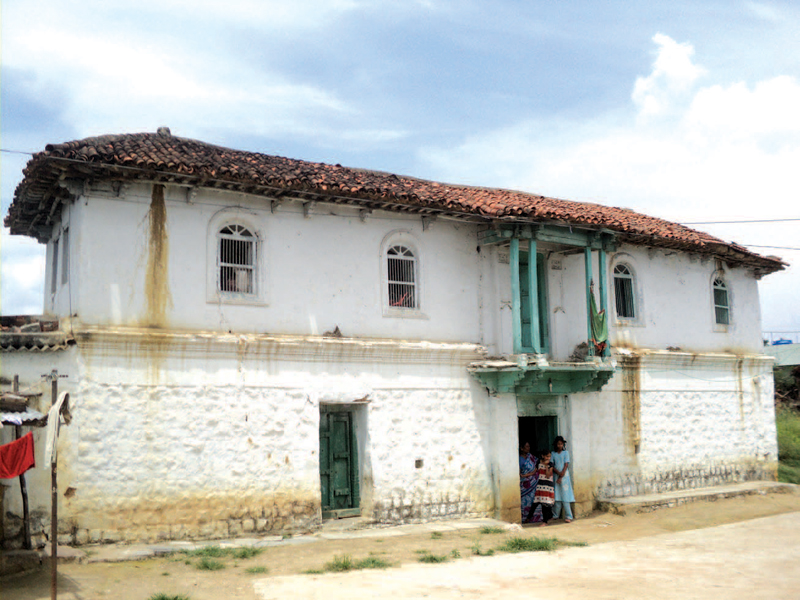Theory and Discourse
Design and the Politics of Space | Siddharth Menon
LA 46 |
|
As designers, our moral obligation to society is to enforce a balance. While not curbing the growth of the 'haves', we must also reach out and allow the 'have-nots' to grow and develop as well.
When we venture into a local community or into rural India, we must seek to collaborate and learn from their traditional knowledge rather than subject them to the city's standard techniques that may not be suited to their environment. We must aim to foster a discussion- both amongst themselves and with external agencies such as ourselves- that would open up avenues allowing them to begin building (literally) a better tomorrow.
|
|
 |
|
In the 21st century, 'developing' countries like India are a unique study in demographic contrasts. At one end, there are the privileged elite and the growing middle class, aspiring to live and consume like their western counterparts. At the other, there is the oppressed proletariat surviving in the nooks and crannies of the city and the system, whose very running depends on them. Their numbers are constantly on the rise owing to large scale distress migration from villages to cities, sometimes in distress, otherwise in pursuit of the great urban utopia of better jobs, education and healthcare. This gives rise to huge disparities between the two classes that create problems of rising inequality, abject poverty and abysmal living conditions, things that they were trying to flee from the very outset.
The liberalization of the Indian economy and the advent of globalization in the early 90's were heralded with messianic expectations at that time. It was meant to be a cure for ills that have plagued us for ages like caste and class discrimination, religious bigotry, deep rooted cultural misogyny and an unequal distribution of resources. Unfortunately, what followed was irresponsible capitalism, high consumption levels driven by limitless greed and a hitherto unseen level of disregard and insensitivity towards the less fortunate, planting seeds of further inequality and distrust. The gulf between the rich and the poor has deepened further. One just has to look outside one's window to see the urban landscape teeming with plush gated condominiums and 'illegal' bastis, both jostling and fighting for the little available space and resources in the city. This is the harsh reality. Yet we have been conditioned since we were children to look the other way, to cross the street if an urchin or an unshaven beggar is on the same path as us and to conveniently stop asking questions.
|
|


|
|

|
|
|
|
|